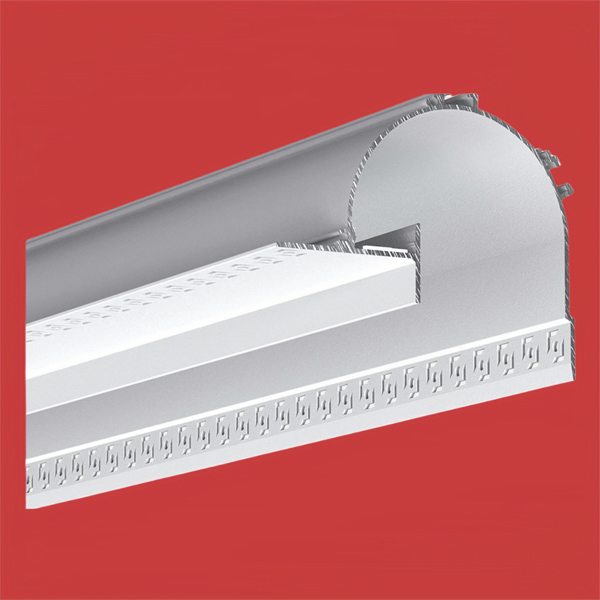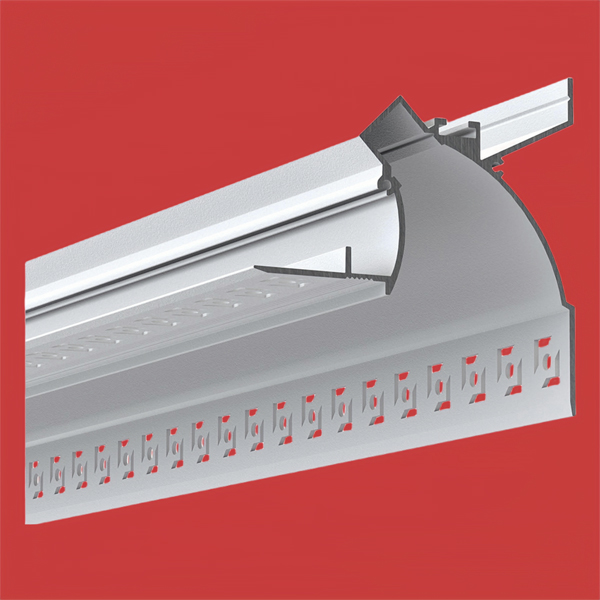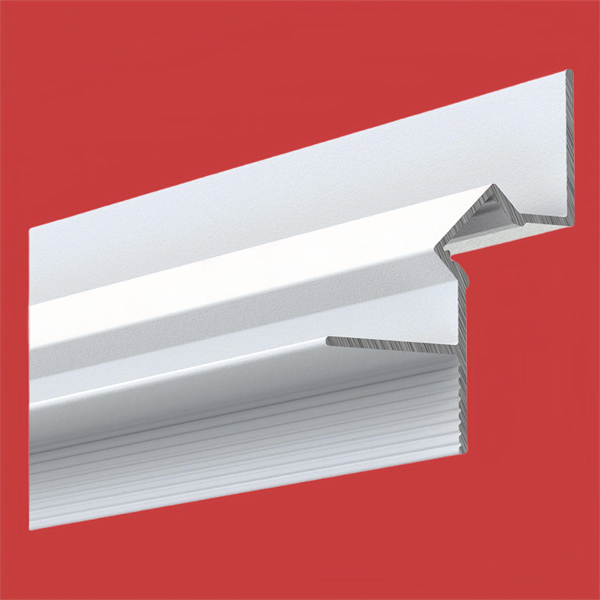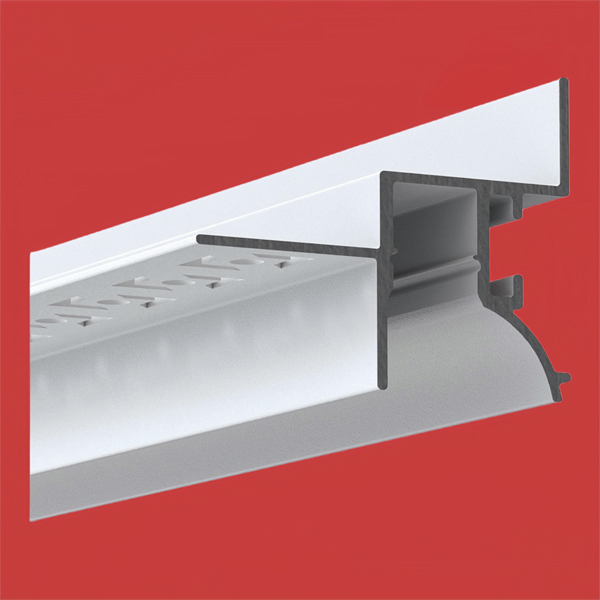A manufacturer of LED Tube, LED Panel Light, LED Downlight, LED Spotlight, LED Floodlight and LED High Bay Light
hacked by voris splox
hacked by voris splox
hacked by voris splox
hacked by voris splox
hacked by voris splox





